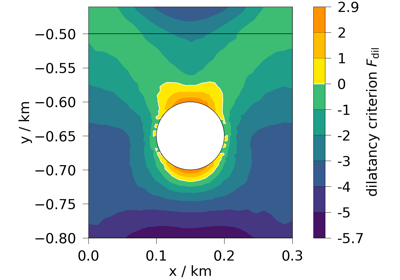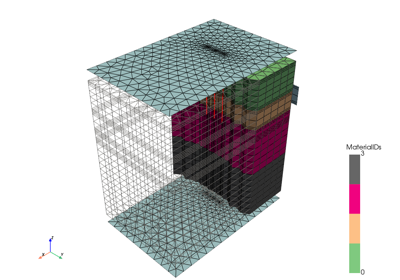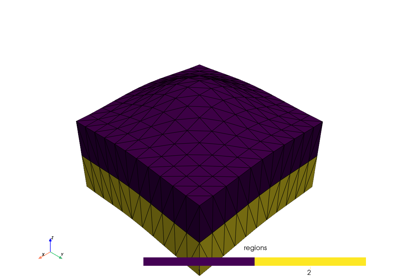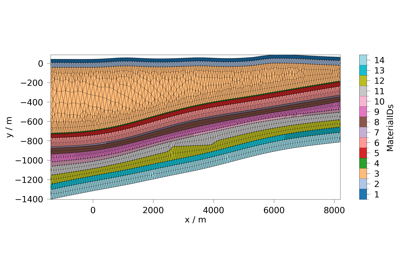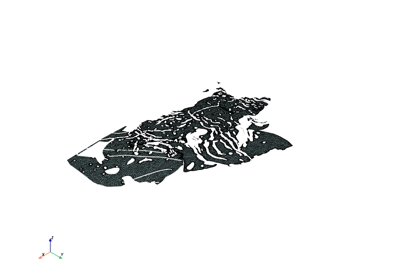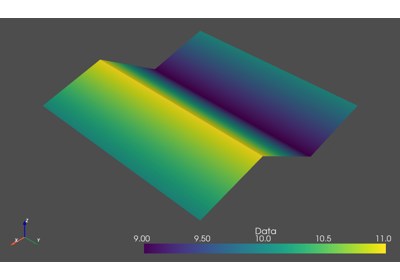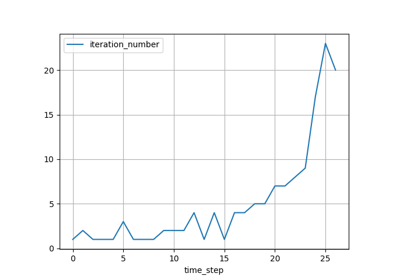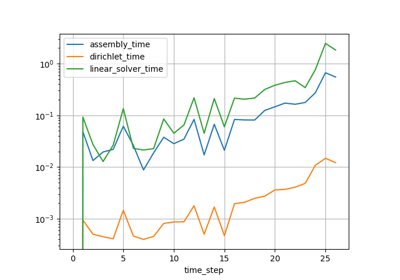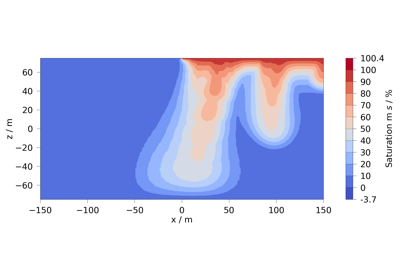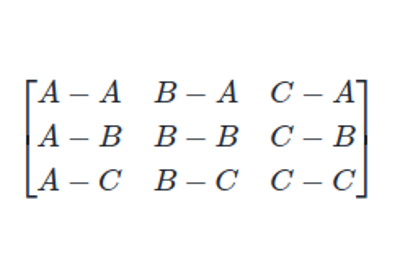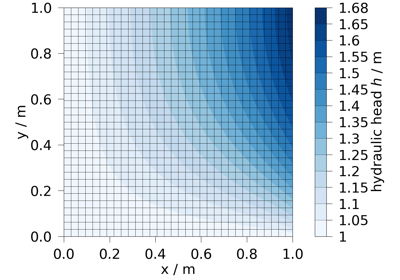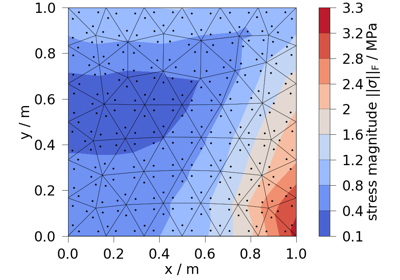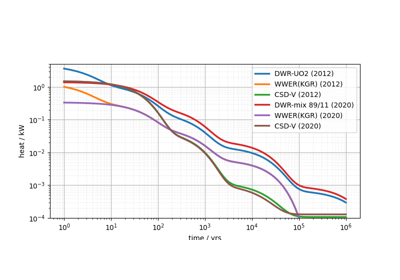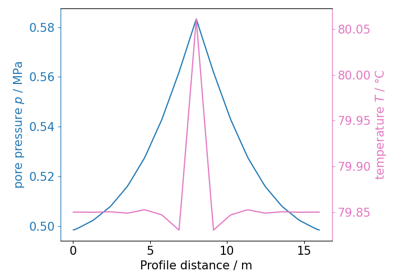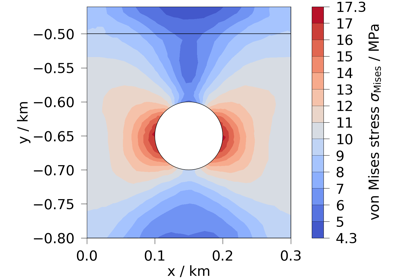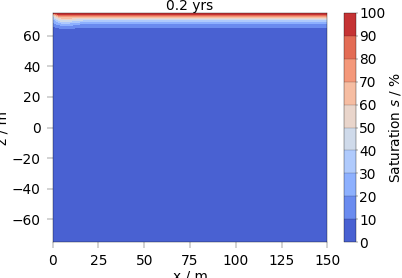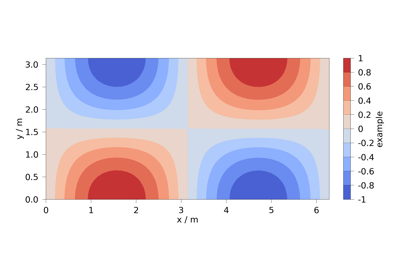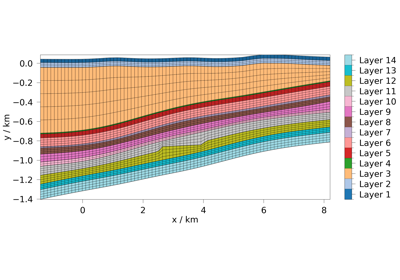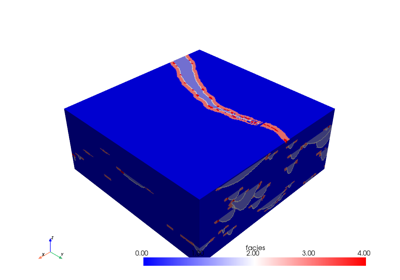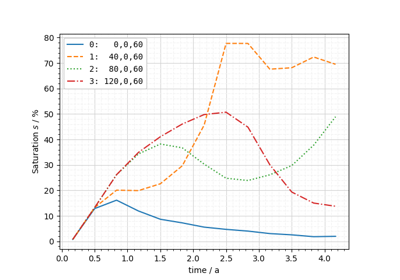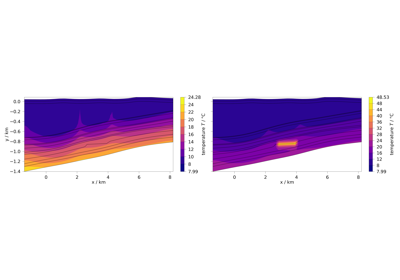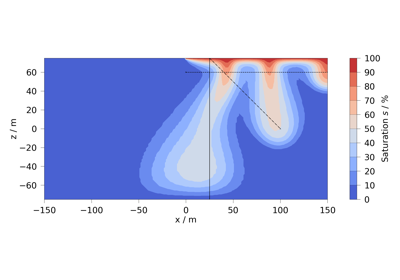Examples#
On this page you will find practical examples of using various features of how ogstools can be used. Different stages of the simulation workflow are covered.
Quick start#
In this section you will find examples helping you use the most commonly used features of ogstools: reading data, plotting and simple post-processing
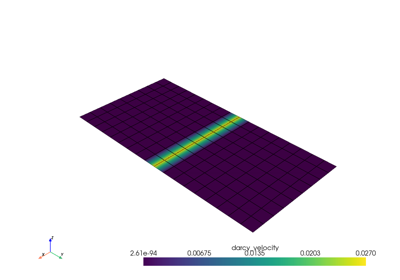
Read mesh from file (vtu or xdmf) into pyvista mesh
Pre-processing: preparing the simulation#
This section shows how to create bulk meshes for the OGS simulation. To complete the model, boundary meshes and a prj file must be created in addition to the bulk mesh. Examples on those subjects will be added in the future.
Create and manipulate prj-files#
The following jupyter notebooks provide some examples of how to use ogstools to create and manipulate prj-files to configure OGS models.
Running the simulation#
This section covers tools, that can be used to monitor OGS simulations at runtime. Examples about running simulations from Python will be added in the future.
Post-processing: reading and analyzing the data#
Plotting the data#
The following jupyter notebooks provide some examples of how to use ogstools to create all different kinds of plots.
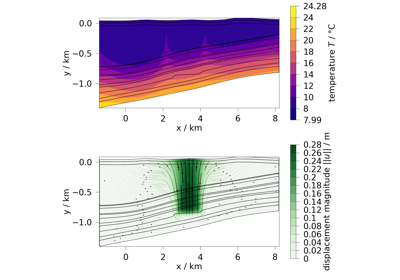
Plotting different process variables on already existing Matplotlib figures / axes
Conversion tools#
This section covers tools designed to help with converting already existing simulations setup with alternative software to open formats compatible with OGS.
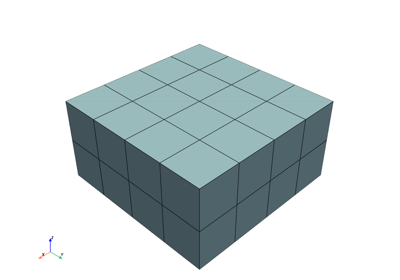
Feflowlib: How to work with FEFLOW data in pyvista.
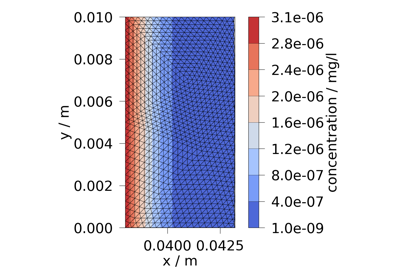
Feflowlib: Component-transport model - conversion and simulation
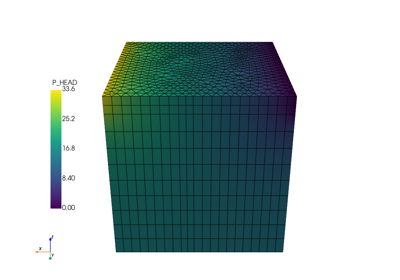
Feflowlib: Hydraulic model - conversion and simulation

Feflowlib: Hydro-thermal model - conversion and simulation

